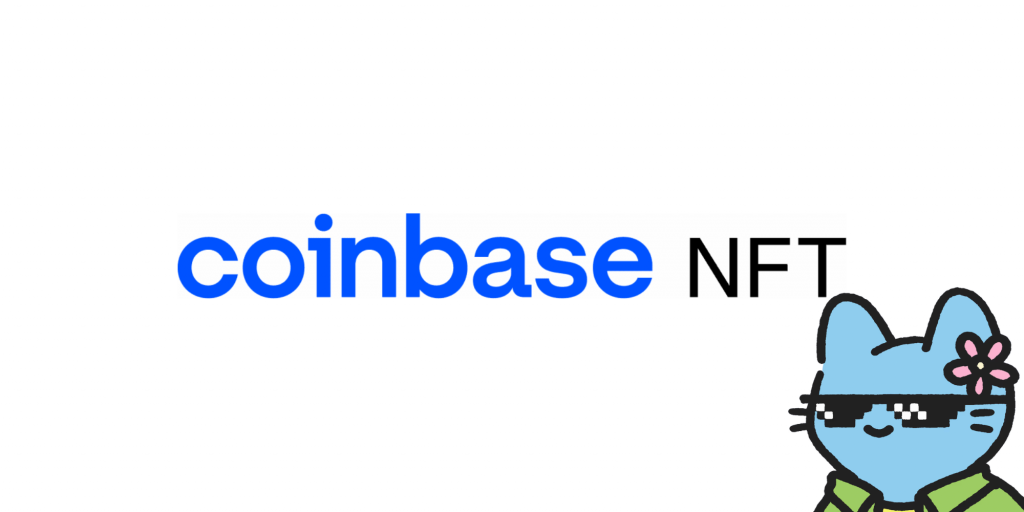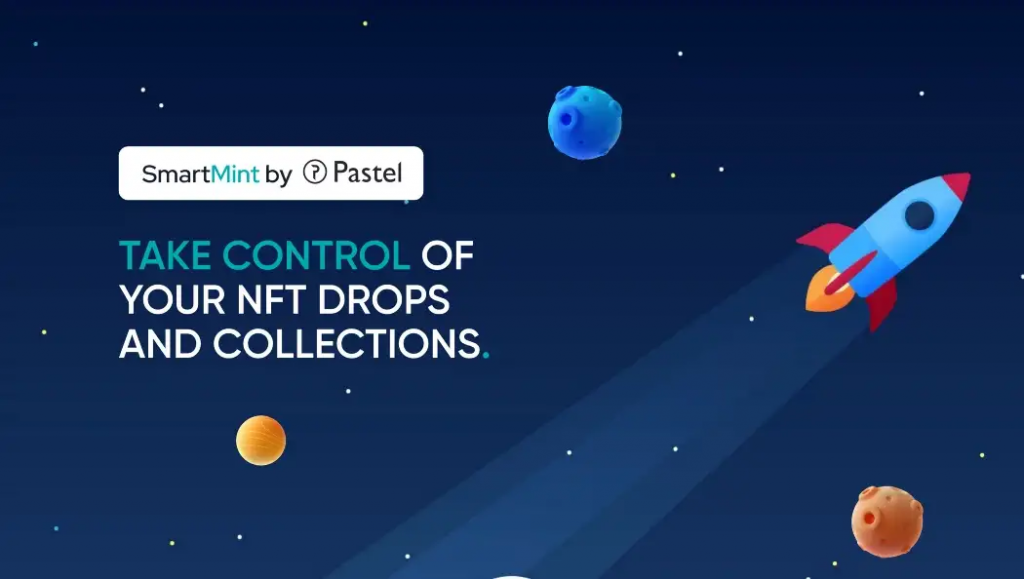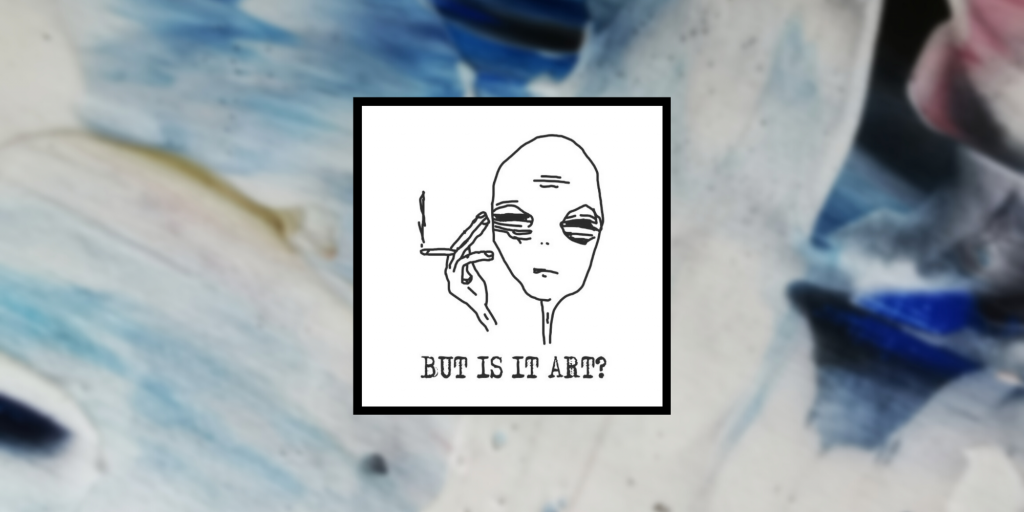NFTs are digital art pieces stored on the blockchain. They can be bought and sold online in NFT marketplaces such as OpenSea or minted directly from a project’s contract.
Throughout 2021 the NFT market took off, with total sales reaching over $14 billion and art pieces such as The Merge selling for $91.8 million.
Many of these art pieces were showcased on social media profiles, with some art making it to decentralized metaverses such as Decentraland.
NFTs have now made it to the real world, showcased in museums such as the Picasso museum in Barcelona and in real-world homes through innovative digital frames.
This article will cover displaying your NFT art, including real-life and online display methods.
How To Display NFTs in Real Life
Although NFTs are primarily an online technology, there are several ways you can showcase your digital art without needing the internet. Here are four of the most popular options.
Digital Frames
Photo frames have always been used to showcase family photos and art. Now digital frames are changing the way we display NFTs. Innovative new frames are used to bring NFTs to life in your home.
For example, the Infinite Objects “Video Print†frame features video NFTs on loop in your home. They’re available as 5†and 7†displays and don’t require any apps or additional software to work.
Another example is NetGear’s Meural Canvas, available as a 13.5†x 7.5†frame and a gallery-sized 19†x 29†canvas. Owners can download Netlink’s proprietary Meural app for iOS or Android, add their NFT images or videos to the frame, and showcase them around their homes.
Physical Prints with QR Codes
Collector Andrew Coathup first used this innovative NFT concept. It’s when a collector prints off the image of the NFT alongside a custom art label- similar to many of the art pieces in modern art museums.
Labels include everything from the title of the NFT, the collection from when it was purchased, and a QR code that opens an information page about the NFT on OpenSea (or the platform the NFT was purchased from.)
This solution is cheaper than digital frames and appeals to collectors who want to combine classical displays with modern art.
Looking Glass Holograms
Looking Glass Holograms are an exciting new way to showcase 3D NFTs. These holograms are futuristic for displaying NFTs, letting users show holographic videos and 3D characters. Options include the Looking Glass Portrait, Looking Glass 4K Gen2, and Looking Glass 8K Gen2, with prices starting at $399.
TV Display
This option is for collectors who want to combine their NFTs with their love for TV. With the Samsung QLED 4K Smart TV, you can showcase your NFTs when the TV is off. When the TV is on, it works like any other TV, but when switched off, it works as a digital frame for your NFTs.
The TV resembles a sizeable digital frame and works perfectly with the rest of your decor. It has an “Art Mode,†which uses motion sensors to showcase art when someone is in the room. It then turns off when nobody is around to save energy.
How To Display NFTs Online
With NFTs primarily being online pieces of art, most display options are currently online. Here are three of the primary options for displaying your NFTs online.
NFT Galleries
The most popular option for displaying NFT art is through online galleries. Galleries and marketplaces such as OpenSea and Lazy let NFT owners put their NFTs on display without charging them. These displays work similarly to an Instagram page and usually include social media features for owners to share their collections with a broader audience.
The Metaverse
Despite being in its early phase, the Metaverse has quickly become a popular option for NFT collectors to showcase their collections. Virtual worlds such as Decentraland let users create huge digital art galleries displaying their own and other collectors’ NFTs.
Another famous virtual world is Cryptovoxels. Built on the Ethereum blockchain, Cryptovoxels is a simpler version of Decentraland that loads faster and is more accessible to NFT collectors with less advanced computers. Despite being less popular than Decentraland, Cryptovoxels has become home to many NFT collections, with exhibits throughout the digital world.
Social Media
If you own a Twitter account, you can almost guarantee that you’ve seen an NFT used as a profile picture. Twitter is a popular social media platform to flex NFTs and is commonly used by collectors to network with people who own an NFT in the same collection.
Social media has been used by celebrities such as Justin Bieber, Snoop Dogg, Paris Hilton, and Eminem, who have used NFTs as their profile pictures on both Twitter and Instagram. Meta has also announced that it will soon release a feature where users can showcase and sell their NFTs through Instagram, creating a new digital art marketplace.
In addition to the classic social media platforms, new platforms are being designed to showcase NFTs. For example, Showtime has slowly become the first NFT-driven social network. Users can connect their crypto wallets to the site, and Showtime will automatically generate a profile featuring all the NFTs you hold.
Closing Thoughts: Have NFTs Become The New Modern Art?
As NFTs continue to grow in popularity, we may start seeing them in homes worldwide. But do they have the power to replace modern art?
When showcasing your NFTs, you have several options for displaying them in your home. However, that doesn’t necessarily mean you will. NFTs remain somewhat niche, with only hardcore collectors showing them around the house. Most people still don’t know what an NFT is or how it works, so it may be a while before we see them replace modern art.
Despite this, NFTs have become a popular part of creating your online avatar, and as use cases grow, the number of ways you can display NFT art both in real life and online will grow too.








